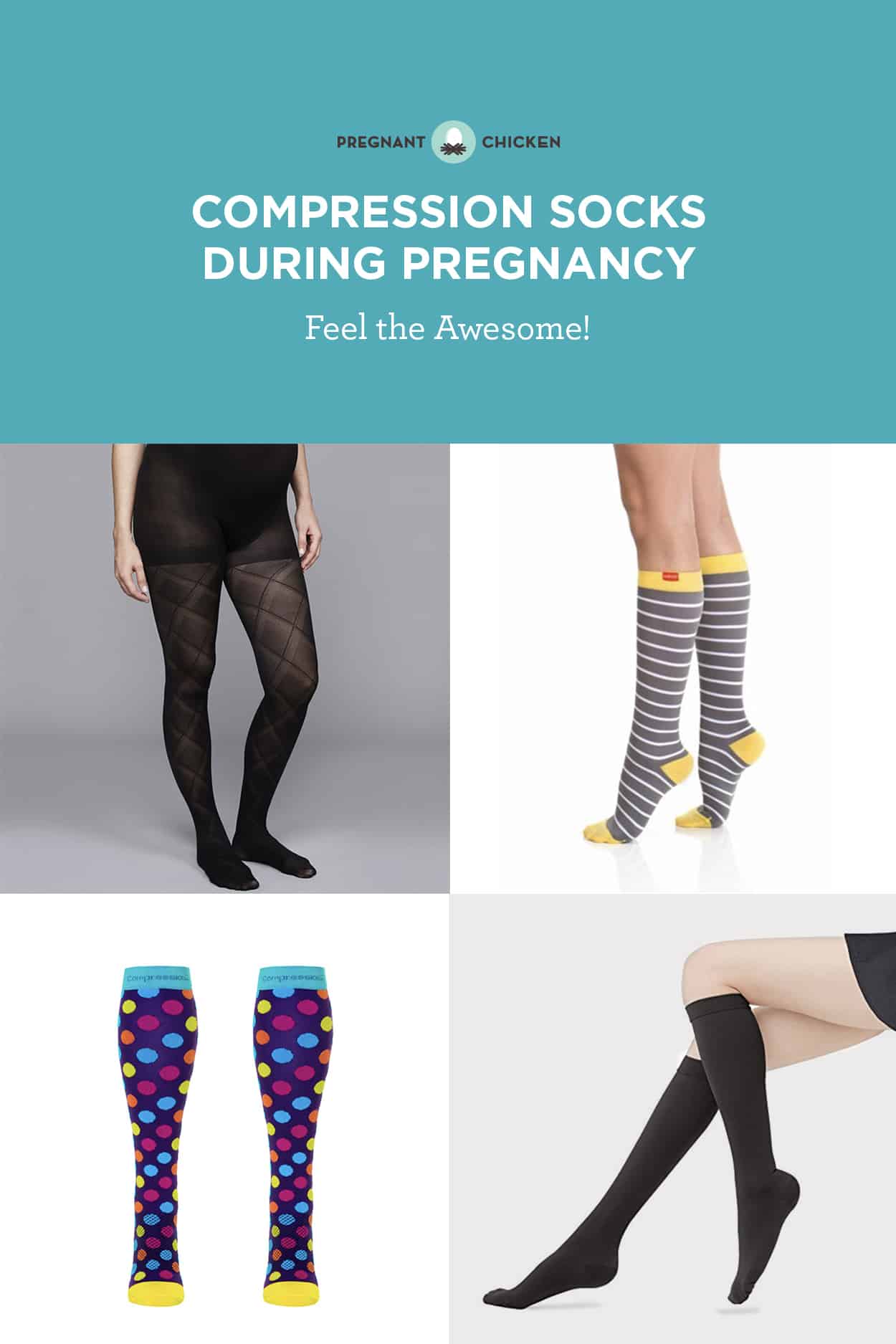
- #Should i sleep in compression socks how to#
- #Should i sleep in compression socks skin#
- #Should i sleep in compression socks free#
It also reduces stress on varicose veins, helping varicose vein symptoms such as aching, heaviness, and vein pain in your legs. The pressure squeezes varicose veins and helps push blood toward the heart. ALL STOCKINGS ARE NOT EQUALĬompression stockings are not like regular long socks, compression stockings use graduated pressure applied at the ankle that steadily increases up to the knee. Compression stockings come in different sizes and lengths and must be fitted correctly in order to be effective. Some can be purchased over-the-counter, and others must be prescribed by a vascular doctor.

There are many types of compression stockings. For those who suffer from conditions like varicose veins or deep vein thrombosis, a doctor may also recommend the wearing of compression stockings or hosiery. They may also be recommended by physicians for people who are non-ambulatory for a time. For instance, they may be recommended by a doctor after certain kinds of surgery.
#Should i sleep in compression socks skin#
WHAT ARE COMPRESSION STOCKINGS?Ĭompression stockings are garments that tightly squeeze the skin for medical purposes and may be worn for a variety of reasons.
#Should i sleep in compression socks how to#
Knowing how to take care of them will protect your investment, as well. While compression stockings are an easy way to improve your vascular health, it is important to know the correct way they should be worn for maximum effectiveness. Compression socks help keep blood from pooling in the ankles, where the pressure is the greatest.įor more information on the Advanced Wound Center at Hillcrest South, please visit //you are worried about your vein health or have been instructed to take care of your veins, compression stockings are a great and easy-to-use tool. Anything above 20 mmHg is considered prescription strength. Compression levels range from 15 to 20 mmHg up to 60 mmHg. For some patients, this can be a temporary condition during pregnancy, for example. Generally, compression socks are for patients with circulatory problems such as venous insufficiency, lymphedema and varicose veins. Whereas TED hose are prescribed for non-ambulatory patients, compression socks are best suited for patients who are able to move around. Patients may wear TED hose for up to three weeks, at which time they are mobile once again or have been prescribed a different treatment to reduce the risk of blood clots. TED hose compression levels are 20 mmHg or below. TED hose compression levels are measured in mmHg, or millimeters of mercury, just as we measure our blood pressure. As patients lay in bed, blood is more likely to pool in the calf, creating the right environment for a clot to form.

TED hose help reduce this risk by administering pressure on the lower part of the leg and feet – with the most compression occurring at the calf muscle.
#Should i sleep in compression socks free#
For these patients, the risk of a blood clot developing in their legs is a main concern for health care providers, as clots can break free and travel through the bloodstream to the lungs and cause a pulmonary embolism. TED hose may be prescribed to patients who are non-ambulatory, meaning they are not up and moving around on their own. Having the right compression garment for the right condition can not only expedite healing, but also help to keep the patient safe.

In general, patients are prescribed one of the two for the treatment of various conditions, of which the most common are edema (fluid retention) and DVT (deep vein thromboses) or blood clots. They are two different types of compression garments for two different types of patients. When patients hear the terms TED (thromboembolic deterrant) hose and compression socks, they may think the two are interchangeable.


 0 kommentar(er)
0 kommentar(er)
